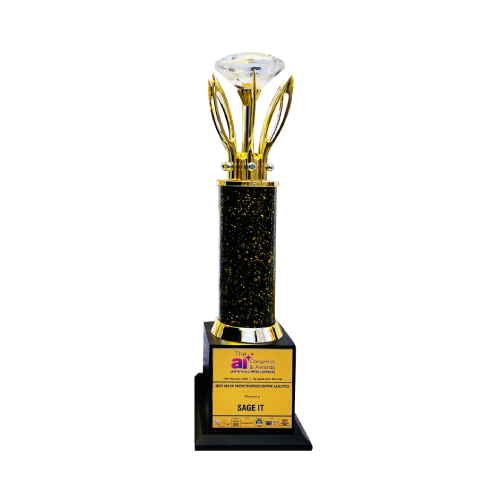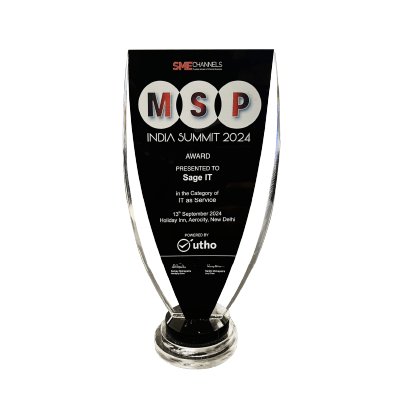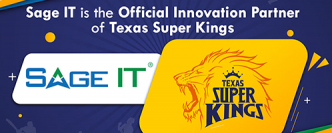How Businesses, Industries, and Individuals Use Smart Innovations for Going Green?
Introduction
In an era of unprecedented environmental challenges, the global pursuit of sustainability has catalyzed remarkable innovations across all sectors of society. Climate change, resource depletion, and pollution have created an urgent need for solutions that reduce environmental impact while maintaining economic growth and quality of life. This article explores how businesses, industries, and individuals are leveraging intelligent technologies to create a more sustainable future—transforming challenges into opportunities through innovation.
1. Business Smart Green Initiatives
Data-Driven Sustainability Management
Modern businesses are implementing comprehensive data analytics platforms to track, measure, and optimize their environmental performance. These systems provide real-time insights into resource consumption, emissions, and waste generation, enabling precise interventions and continuous improvement.
Circular Economy Business Models
Smart technologies are enabling companies to transition from linear “take-make-dispose” approaches to circular models that maximize resource value. Digital tracking systems monitor products throughout their lifecycle, facilitating repair, remanufacturing, and recycling.
Supply Chain Transformation
AI-powered supply chain optimization represents one of the most significant business contributions to sustainability. Intelligent systems minimize inventory waste, optimize logistics routes, and ensure responsible sourcing.
2. Industrial Green Technology Revolution
Manufacturing 4.0: Sustainable Production
The fourth industrial revolution has introduced unprecedented opportunities for sustainable manufacturing through smart factory technologies:
Leading Example: Siemens’ Amberg Electronics Plant uses integrated automation systems that have reduced energy consumption by 30% while increasing production quality and reducing defect rates to near-zero levels.
Energy Sector Transformation
The energy industry is undergoing profound change through smart grid technologies that enable greater renewable integration and improved efficiency:
Breakthrough Technology: Tesla’s Autobidder platform automatically trades energy across diverse assets, maximizing renewable utilization and grid stability while reducing the need for fossil fuel backup generation.
Smart Agriculture Systems
Agriculture is being revolutionized through precision technologies that minimize inputs while maximizing yields:
Measurable Impact: John Deere’s precision agriculture platform reduces fertilizer application by up to 40% and water usage by 30% while maintaining or improving crop yields.
3. Individual Smart Green Technologies
Home Energy Management
Smart home technologies are empowering individuals to dramatically reduce their energy footprint:
Consumer Access: As costs decline, adoption of smart home energy management systems has increased 300% since 2020, now reaching middle-income households and delivering average energy savings of 15-25%.
Personal Mobility Revolution
Transportation is being transformed through intelligent solutions that reduce emissions while maintaining convenience:
Urban Integration: Cities like Amsterdam have created comprehensive smart mobility systems that have reduced transport-related emissions by 20% while improving mobility access across demographic groups.
Conscious Consumption Tools
Digital platforms are enabling more sustainable consumer choices:
Behavioral Impact: Studies show that consumers using sustainability tracking apps reduce their carbon footprint by an average of 10% through modified purchasing decisions and improved resource utilization.
4. Integrated Smart Green Ecosystems
Smart Cities: Comprehensive Sustainability
The ultimate expression of smart green innovation comes through integrated urban systems that connect previously siloed functions:
Global Leadership: Singapore’s Smart Nation initiative has reduced overall resource consumption by 25% while improving quality of life metrics through comprehensive digital integration of urban systems.
Cross-Sector Data Sharing
Breaking down information barriers between stakeholders creates powerful sustainability opportunities:
Collaborative Success: The Amsterdam Smart City data exchange platform has facilitated over 200 cross-sector sustainability initiatives, collectively reducing the city’s carbon footprint by 15%.
5. Future Horizons in Smart Green Innovation
Emerging Technologies
Several breakthrough technologies promise to further accelerate sustainable transformation:
Challenges and Opportunities
Despite remarkable progress, significant barriers remain:
Conclusion: Toward a Smart Green Future
The convergence of environmental necessity and technological possibility has created unprecedented opportunities for sustainable transformation. Smart innovations are enabling businesses, industries, and individuals to reduce their environmental impact while often improving economic performance and quality of life.
What makes these technologies truly revolutionary is their synergistic nature—improvements in one sector enable and accelerate progress in others. As these innovations continue to develop and integrate, they create the foundation for a fundamentally different relationship between human society and the natural environment.
The path forward requires continued investment in both technological development and implementation support, particularly focusing on equitable access and addressing adoption barriers. By embracing smart green innovations across all sectors, we can transform our environmental challenges into opportunities for creating a more sustainable, prosperous, and inclusive society.
As these technologies become increasingly mainstream, we move closer to a world where environmental sustainability is not a separate consideration but is seamlessly integrated into how we live, work, and interact with our planet.













